Tips for taking better vacation photos
Text and photos by Heather Cline
If you are one of the lucky people who are taking a winter holiday this season, you are embarking on a prime opportunity to capture some great vacation photos. Whether your trip is to visit with family and friends, a tropical retreat, or another adventure, these tips will help you get your best photos.
1. Leverage your smartphone
Some of the benefits of using your smartphone include: you are likely to have it with you at all times, it's compact, its easy to use, and smartphones are capable of taking some great images.
Before you venture out, make sure to familiarize yourself with the camera settings so you aren't fumbling in the field. Today's smartphones have impressive options like portrait mode, panorama, and even time lapse capabilities but they're only of value if you know how to use them. The good news is that its fun to practice and play with the features and you can easily delete any test shots from the comfort of your own home.
This is totally optional, and dependent on how serious you want to get, but you can purchase all kinds of accessories for your smart phone's camera like tripods, lenses, filters, and lighting. These are far more affordable than accessories for a standard DSLR or mirrorless camera.
 
Hiking on the Dip Sea Trail, California Coast (taken with iPhone 6) |
2. Take time to learn your cameras settings (before you leave home)
This tip is for those of you who want to take a fancier camera on your trip. I recommend learning your settings at home because it will take more time than a smartphone will take and it may influence what other gear you want to take on your trip. For this, you will want to retrieve that manual that came with the camera. Its a bit of a dry read but it's filled with all kinds of useful information to help you make the most out of your camera.
I'm not saying you have to learn how to use your camera in manual mode but you do want to understand what options your camera offers. Most DSLRs and mirrorless cameras have a full automatic (aka: program) mode, meaning the camera does all the thinking for you. It determines the ISO, depth of field, and shutter speed. If you don't want to think about any of this stuff, go for this setting.
However, your camera likely offers different modes like: landscape, portrait, macro, sports, and night. If you aren't ready to go full blown manual but want to have some creative options, try these out.
One more tip: take your manual with you. You would surprised how often you might refer to it once you start trying out all those fancy settings!
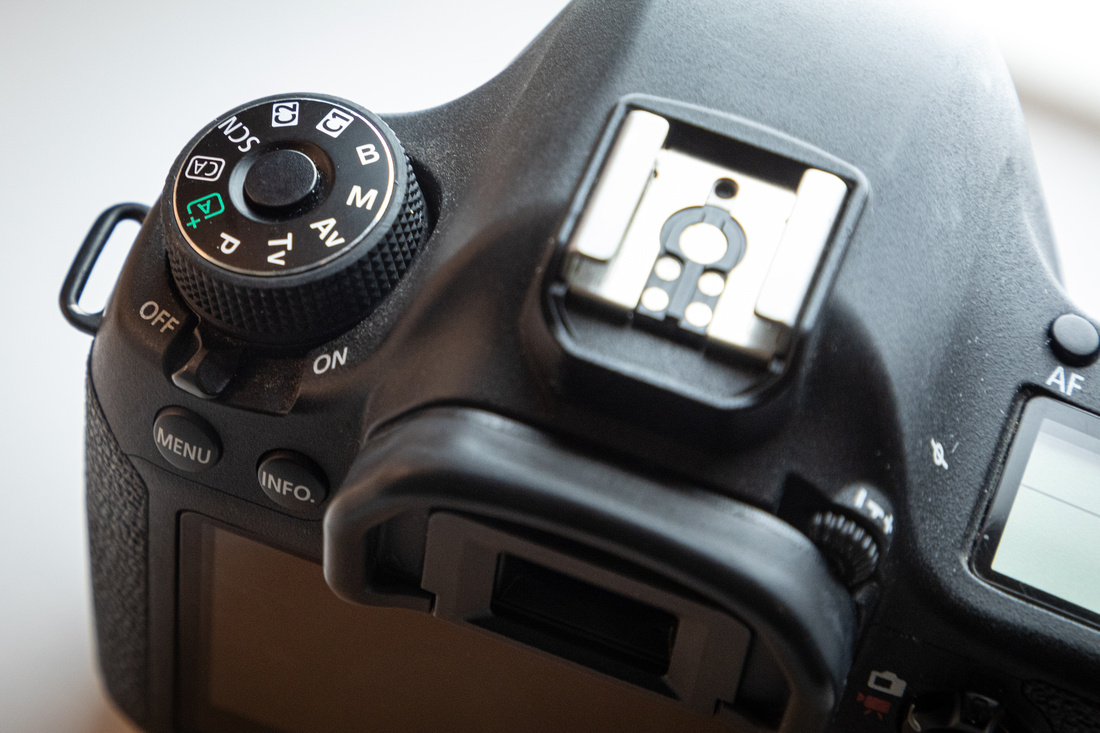 
|
3. Try these basic compositional rules
Have you ever noticed how you are drawn to some photos more than others? Several components lead into that, such as lighting and exposure but composition is key to pulling a viewer into the frame. Maybe you are thinking, "I just want some nice family shots - I'm not trying to be Ancil Adams or anything". That might be true, but you might be looking at that family photo on your mantle for the next 20 years; you want it to look good, right?
There is a plethora of compositional rules you can use to improve your photography, but I'm going to list three good ones to start with here:
- Rule of thirds: The idea behind the rule of thirds is to break the image into thirds, horizontally and vertically, so there are nine parts. The theory is that if you place points of interest in the intersections or along the lines, your photo will be more balanced. When viewing images, peoples eyes naturally go to one of the intersection points, making this compositional rule a reliable option if you want to please the viewers eye.
- Leading Lines: Leading lines is a technique of composition where you use lines that lead to the main subject of the image. A leading line provides a path for the eye to follow. These typically start at the bottom of the frame and guide the eye upwards and inwards, from the foreground of the image to the background, typically leading toward the main subject.
- Color: Color determines the emotional content of a photograph. Cool tones can express calm, tranquility, or peace, whereas warm tones can invoke feelings of happiness, excitement and optimism. A spot of color in an image can provide a strong focal point as well.
These rules apply no matter what subject you are photographing, so whether you are taking a portrait or landscape, these will help improve your vacations shots.
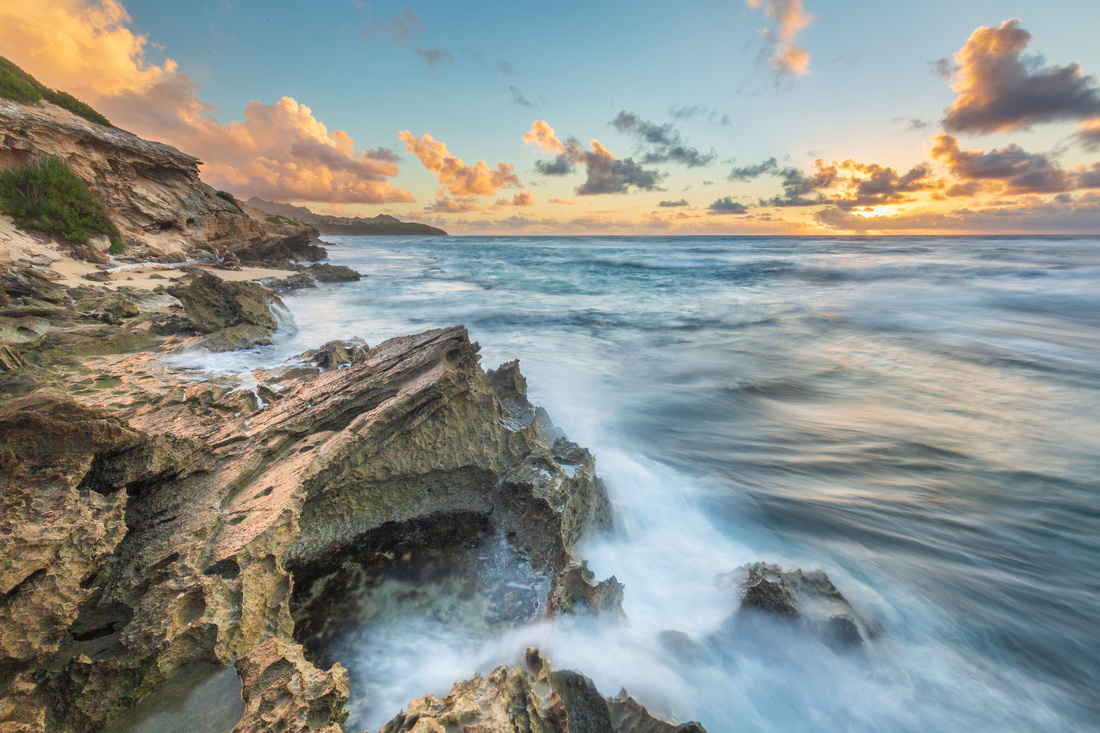 
Applying the rule of thirds for a sunrise on the Kauai coast |
4. Photograph the moment as it happens
This one is all about capturing the expressions or emotions of your family and friends as opposed to a staged photograph. Instead of lining everyone up in front of the "Welcome to Yosemite" sign, try capturing the look on their faces the first time they see Half Dome or El Capitan. Those are the photos you will treasure because those are the memories you treasure.
One way to ensure you capture these moments is to have your camera at all times. Carrying a smaller camera and lens with a shoulder strap will make it a lot more palatable to carry as you are touring around. It can be challenging to capture just the right moment, but setting your camera to continuous or burst mode will allow you to take several photos with one click, increasing your odds of getting a great shot.
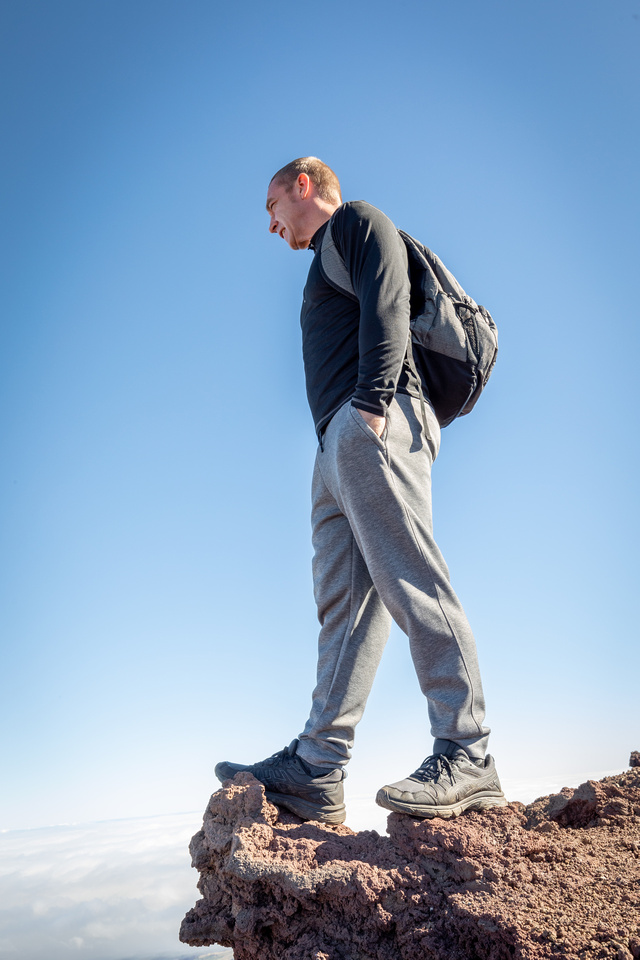 
Hiker enjoying the "top of the world", Haleakala National Park |
5. Get closer
This is one of the easiest ways to improve your images. When you take a photo of a subject. Try stepping closer, recomposing and taking another. Do this several times and you will be surprised at how much better those that were taken from a closer viewpoint are than those that are far away.
There isn't really much more to say about this one, other than: don't do this if you are standing on the edge of the Grand Canyon.
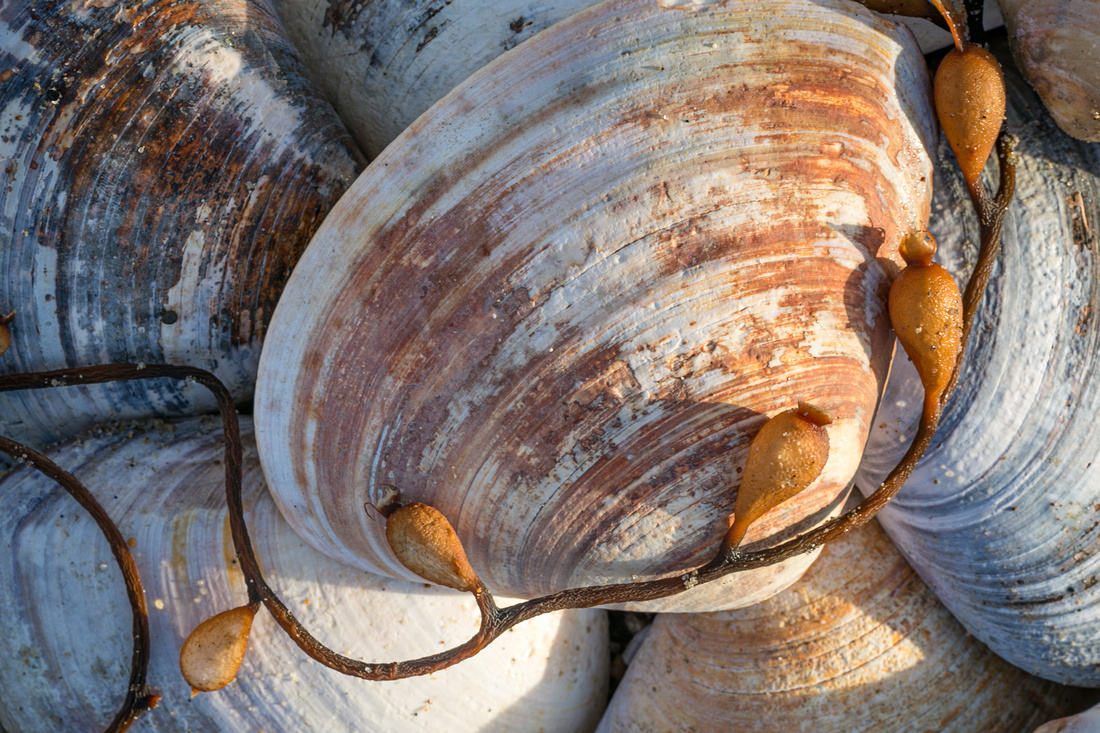 
Shells and kelp from beach, Salinas State Beach |
6. Depth of Field
Depth of field is the level of sharpness in front of and behind the plane of focus. This aspect of photography is all about creativity and the reason it is important to understand how this works is because you can then control the creative output.
Without going into a full blown tutorial on depth of field, if you are taking landscape images on your vacation, having a deep depth of field (everything in sharp focus) is a better option. In contrast, if you are taking portraits, having a shallow depth of field (background out of focus) will often result in a better image.
Photographing with a shallow depth of field will also create a feeling of depth when you have multiple elements in your scene and want to create depth between your subject and the foreground and background.
Quick Tip: Using Portrait mode on your smart phone produces that same results as selecting a shallow depth of field.
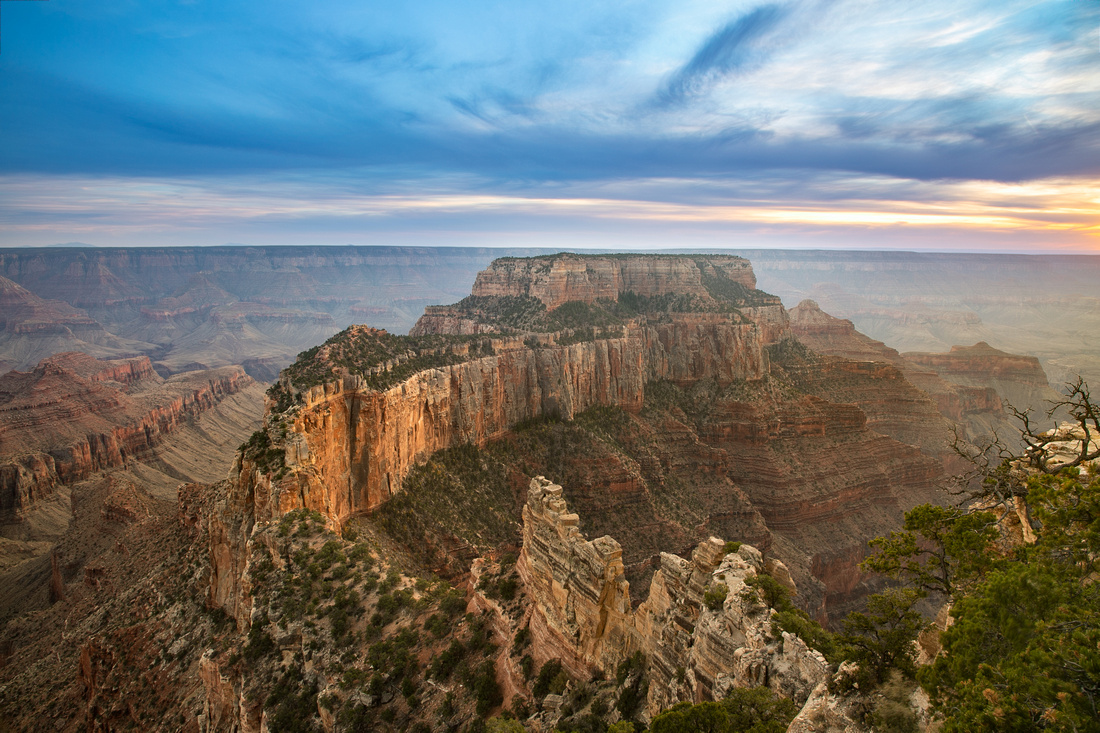 
Cape Royal sunset, Grand Canyon National Park |
7. Lighting
Lighting may have the most dramatic impact on your vacation photos - for better or for worse. As a general rule, shooting early and late in the day produces the softest and most pleasing light, so it is the best choice for both portraits and landscapes.
Harsh midday light creates high contrast and unflattering shadows on faces so she avoid it when possible. So what and how can you photograph in midday light? Details and close ups (time to break out macro mode), patterns, portraits in open shade, go inside and use window light, use a fill flash to compensate, or use a diffuser.
 
Saguaro's backlit at sunset, Saguaro National Park |
8. Focus on the "Why" as much as the "What"
Focusing on what drew you to take the image is as important as the subject you are photographing. There is a reason you decided to take the picture. Is it the light reflecting on the water, or the look on someone's face? Really honing in on what is important to you will help you isolate those elements and remove any clutter that distracts from what is most important.
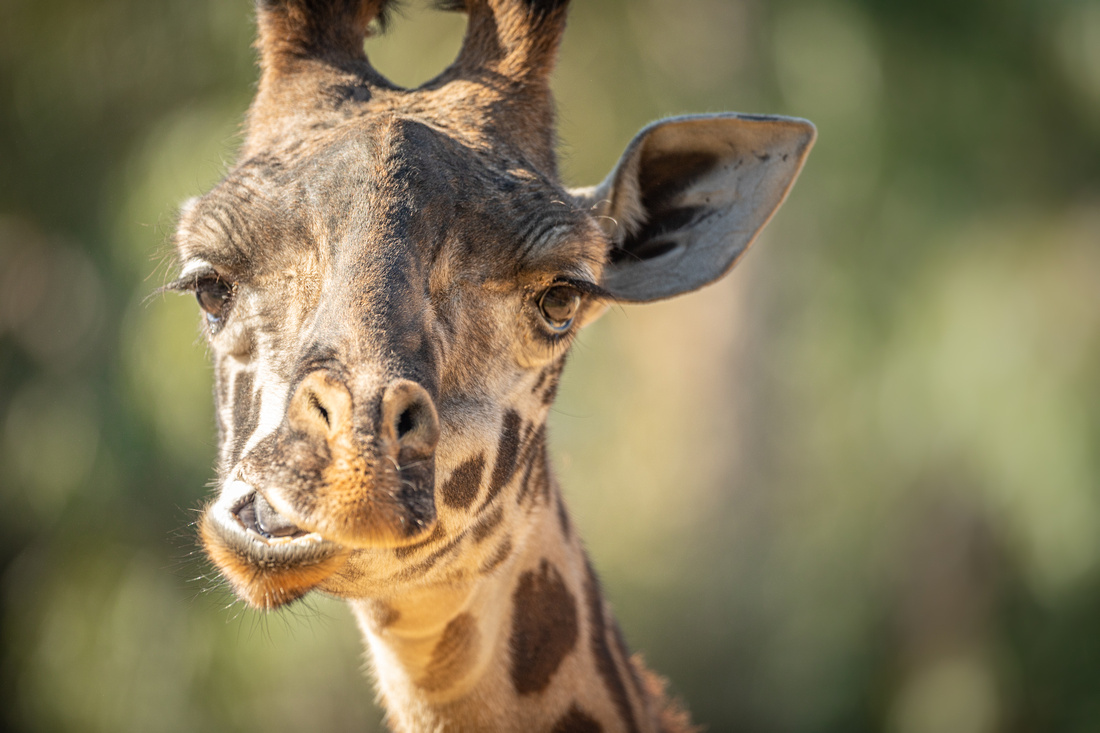 
Sweet Giraffe eyes make for the best portraits |
I hope this article has helped provide some quick tips for creating better vacation photos. Do you have any vacation photo tips to share? Post them here in the comments!